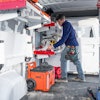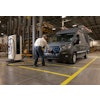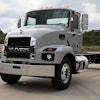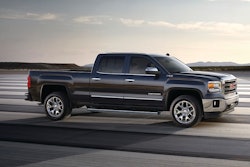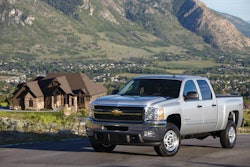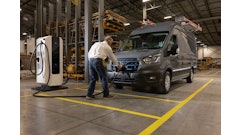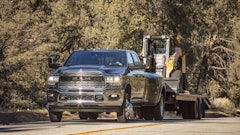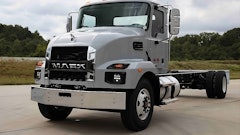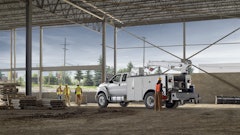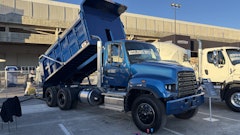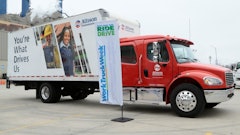
A long-disputed topic among truck owners is whether a tailgate raised or lowered is better for aerodynamics. Diane Bloch, General Motors aerodynamic performance engineer, had the GMC 2014 Sierra full-size pickup truck in General Motors' wind tunnel more than any GMC pickup before it, and learned the truth of it.
A tailgate in the up position is more aerodynamically efficient. As air flows over the truck, it falls over the cab and pushes forward on the rear of the truck. With the tailgate down, the push from that airflow is weaker.
"Replacing the tailgate with an aftermarket net is worse than having no tailgate at all," Bloch said. "Imagine dragging a solid object and a fishing net through water. The net is going to require more muscle."
Tonneau covers for the bed help smooth airflow over the truck, and Bloch says soft covers are more beneficial than hard covers because they form to how the air wants to flow.
There are lots of aftermarket accessories available on the pickup market, and Bloch says they have varying impacts on aerodynamics. Add-ons like bug deflectors on the hood, wider tires or aftermarket bumpers can raise the drag coefficient, which is the measure of how air pushes on a vehicle as it moves down the road. The result: added noise and increased fuel consumption.
Running boards can help air flow smoothly down the truck's sides.
"Round, tube-style running boards can provide a minor improvement to the truck's drag coefficient," said Bloch, "Fully integrated, flush-mount running boards are even better."
"We can't stop air; we can only guide it through the path of least resistance," said Bloch. "The biggest misconception is that it's all about single components. But a certain side mirror design doesn't create a certain amount of drag; its interaction with the rest of the vehicle does."
For example, a new air dam below the 2014 Sierra's front bumper successfully reduces drag because it directs air toward the ground and away from the truck's rough underbody. And Sierra's ducted flow path between the grille and radiator prevents air from swirling inside the truck's front cavities.
GM's 2014 Silverado and Sierra Top V8-Pickup Fuel Economy, Capacity
Even the top of the Sierra's tailgate and the center high-mounted stop light are optimized to guide air cleanly around the truck. And because Bloch's team detected unwanted airflow between the cab and bed, new sealing has been added.
"The most harmful air between the cab and bed was coming over the cab and down through the gap," said Bloch, "So we paid the most attention to that specific area."
